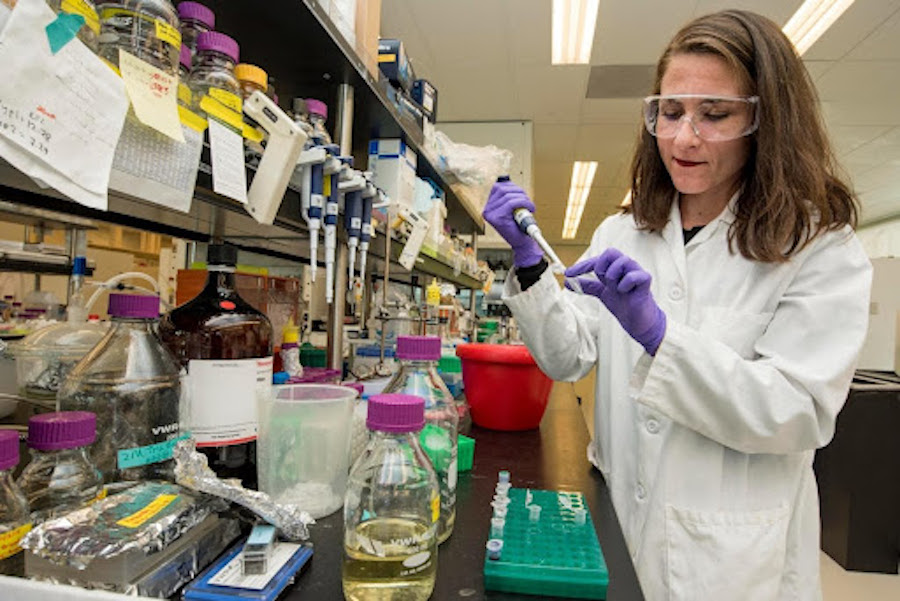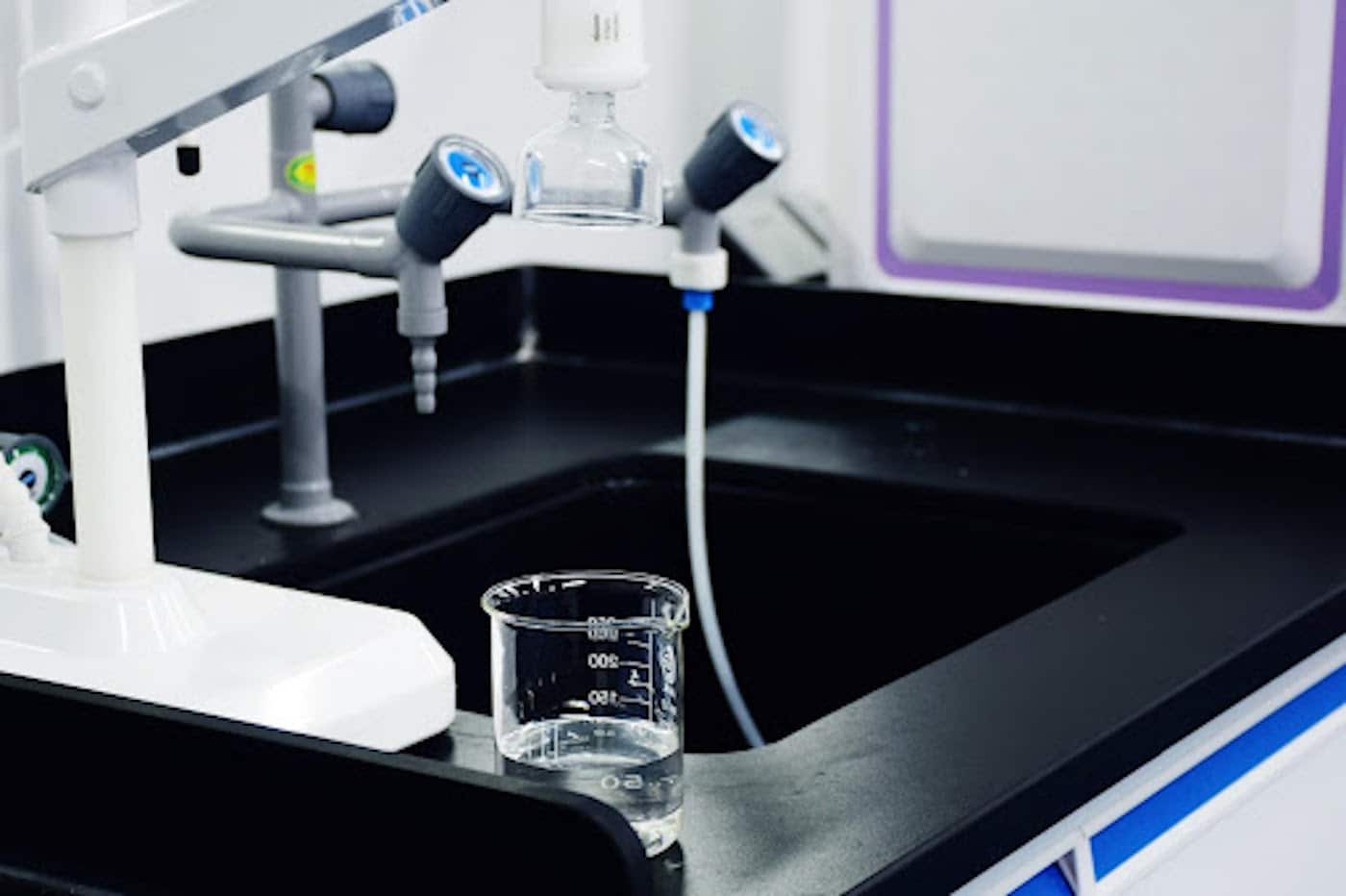Table of Contents
Although our drinking water is regulated under and protected by the Safe Drinking Water Act, the quality of tap water and even some bottled water in the United States cannot always be trusted.
More than 2,100 known chemical toxins are currently present in our water supplies. And since the Environmental Working Group, or EWG, has released their new and updated National Database, everyone has the chance to look up which contaminants were found in their local water system and at what concentration levels (usually measured in ppb – parts per billion).
The EWG does a great job in presenting all information in a very user-friendly way and you don’t have to be a scientist to grasp the facts. Furthermore, a distinction is made between contaminants that were detected at concentrations above health guidelines and all other detected contaminants below guidelines.
This database is a very useful tool and offers valuable information, but the question that arises is, what do we do with it? How can we shield us from these harmful contaminants? Because that’s what really matters!
Reverse Osmosis Water Filtration
Reverse osmosis is currently the most effective water treatment technology commercially available. An ro filter system is able to remove more and smaller impurities than ultra- or nanofiltration systems including bacteria, viruses and ions like salt and heavy metals. The technology is also much more useful than UV-light treatment, since UV-light only kills pathogens in water, but does not remove any substances from it.
How Does Reverse Osmosis Work?
Reverse osmosis is the counterpart of a naturally occurring process called ‘osmosis’. Osmosis describes the movement of H2O molecules through a membrane from a low solute concentration (clean water) to a high solute concentration (water with salt, dirt, etc.). Under external pressure, the direction of molecule movement can be reversed, thus ‘reverse osmosis’. Water now moves from the contaminated side to the clean side leaving all impurities behind.
Choosing The Best Reverse Osmosis System
The best reverse osmosis systems provide water that is almost 100% contaminant-free and standard models are available for under $200. From my experience, there is no need to spend $500 or more on a single system, unless it’s a point-of-entry (POE) and not a point-of-use (POU) system. The difference between the two is that the latter provides filtered water for one tap in your house only, usually the kitchen where the system is installed, whereas the former filters all water that enters your house via the main water line before it’s distributed.

There are a couple of things you should look out for when you are planning to buy an ro filter system.
- For one, make sure the system and the water storage tank is made from food-grade material that is BPA-free and does not release any chemicals into the water.
- There are different seals and certifications that guarantee that all product parts were manufactured in the U.S. and the quality is up to standards.
- Double check that the water pressure in your house meets system requirements, before you spend any money. Remember, reverse osmosis only works if sufficient external pressure is present.
- You also have to consider the amount of filtered drinking water you need per day. The average ro system provides around 50 gallons, which is enough for most households. But if you have a really big family and your demand is correspondingly high, maybe it would be wise to go for a larger unit with 90 or even 100 gallons per day.
- Membrane and filter lifetime and a system’s maintenance requirements are factors that would also be wise to take into account, when making your final buying decision. Filters and membranes that can process more water and last longer are usually more expensive, but don’t need to be replaced as often, which, in turn, saves you money.
Demineralization
For the sake of completeness, I want to briefly address water demineralization with regard to the use of a reverse osmosis system:
In his research paper published by the WHO, Frantisek Kozisek points out that water treated by reverse osmosis lacks essential minerals. These minerals are removed in the treatment process, because a filter system doesn’t make a distinction between good and bad solutes or rather solutes that benefit or harm our health.
Among other findings, Kozisek came to the conclusion that demineralized water is less thirst-quenching and has a negative effect on the human mineral and water metabolism. In other words, consuming water filtered by reverse osmosis over a longer period of time could harm you, and that, of course, is not what we want.

I, personally, believe that the advantages of using a reverse osmosis system clearly outweigh the disadvantages, but that is a decision you have to make for yourself. What you can do, and it’s why I mention the topic at this point, is purchase a filter system that includes a remineralization stage. These stages are also often referred to as alkalinization stages and they automatically add the essential minerals that we need back into the purified water. Problem solved!
Remineralization stages can also be added subsequently, in case you already own a system that does not have this feature.
Protect Yourself
The time has come to act and to protect yourself from contaminants present in your tap water. Use the knowledge provided here and in other articles and say goodbye to bacteria, viruses and heavy metals that you are not going to tolerate in your drinking water any longer!
Additional Sources:
http://web.stanford.edu/group/ees/rows/presentations/Pinnau.pdf
http://www.nsf.org/consumer-resources/what-is-nsf-certification


